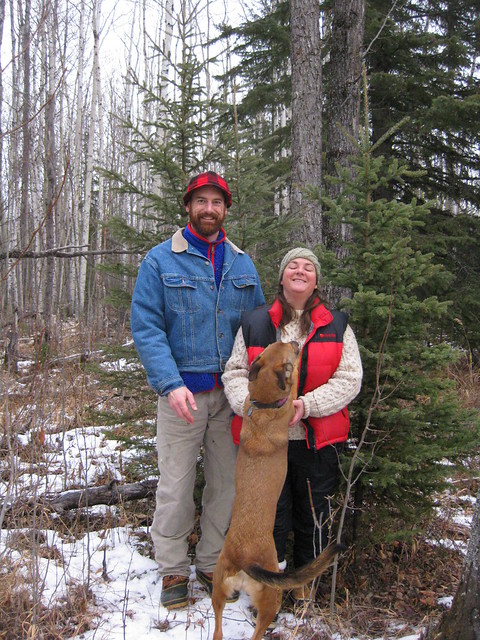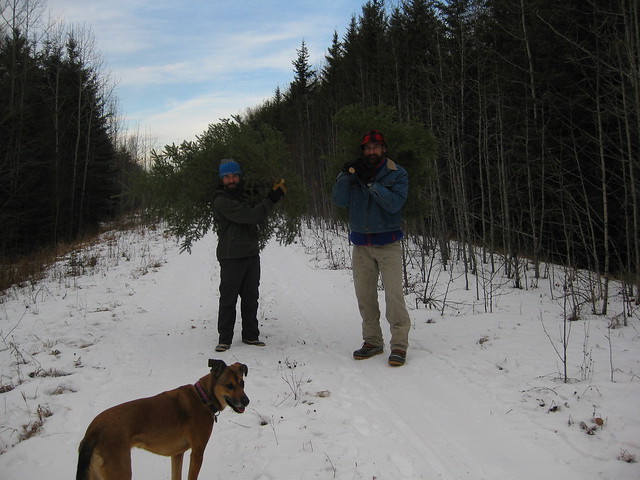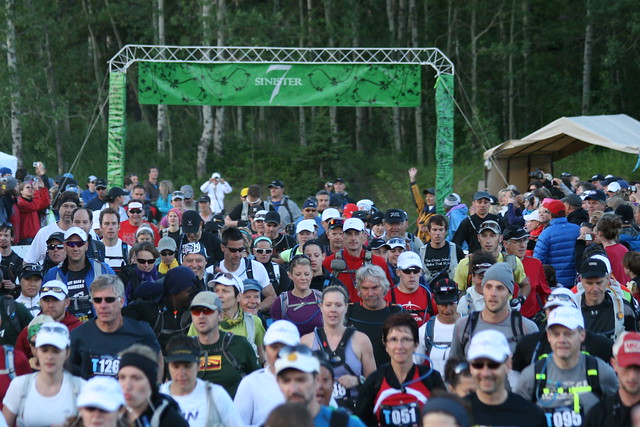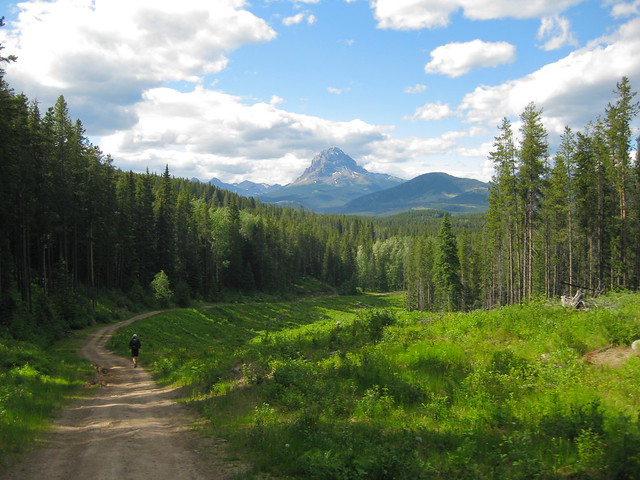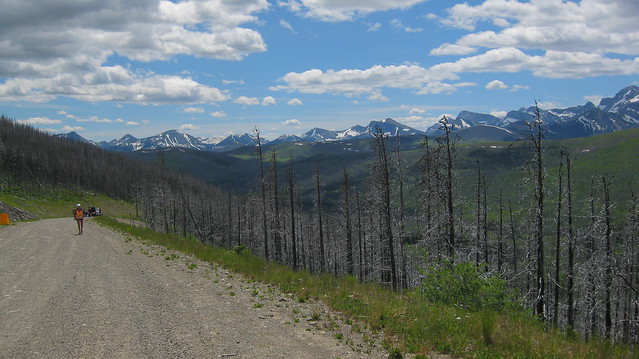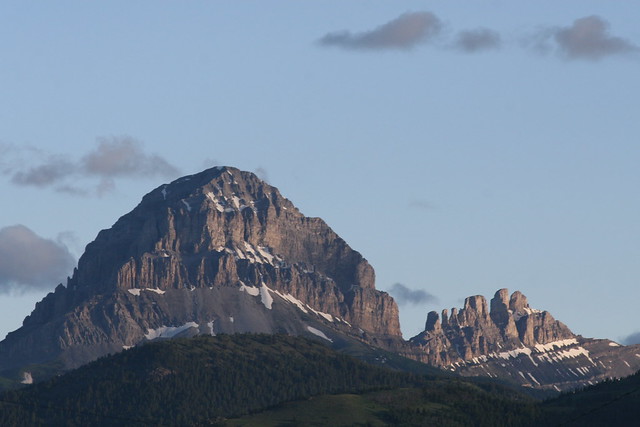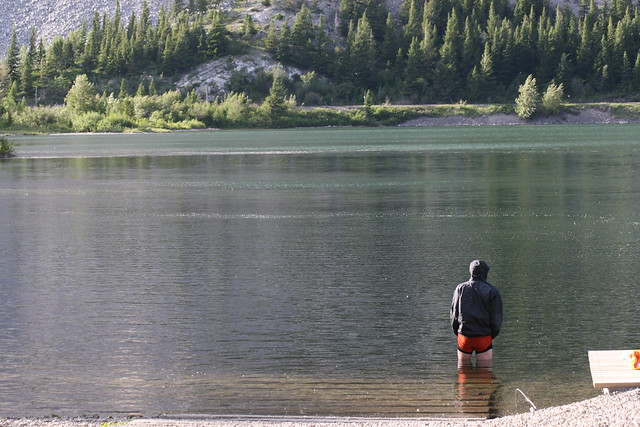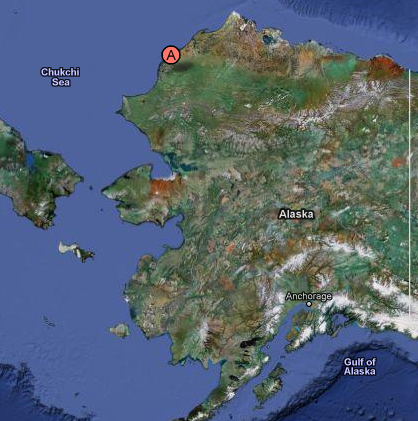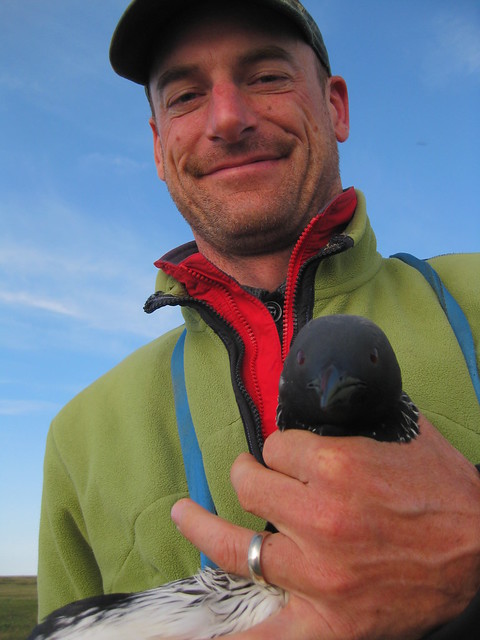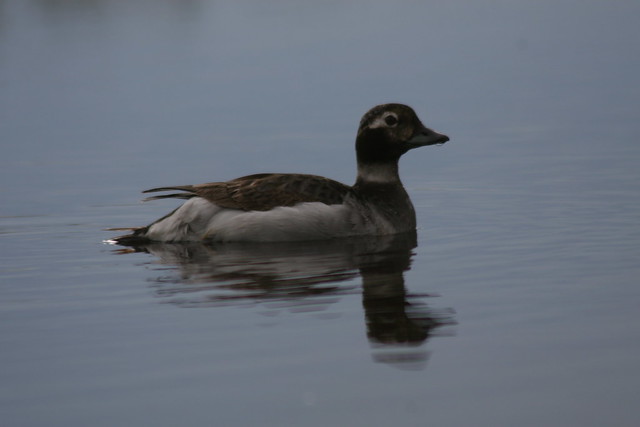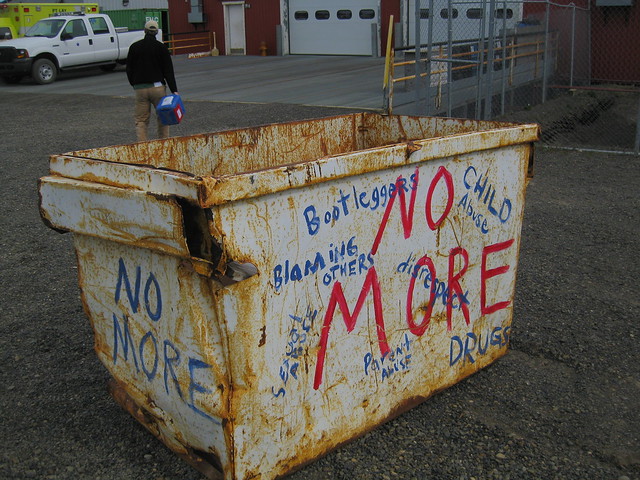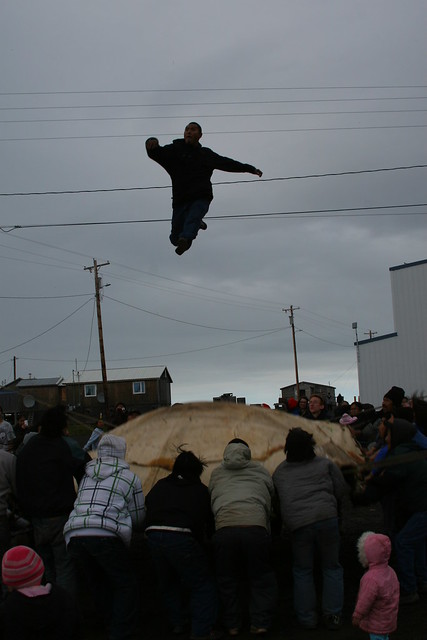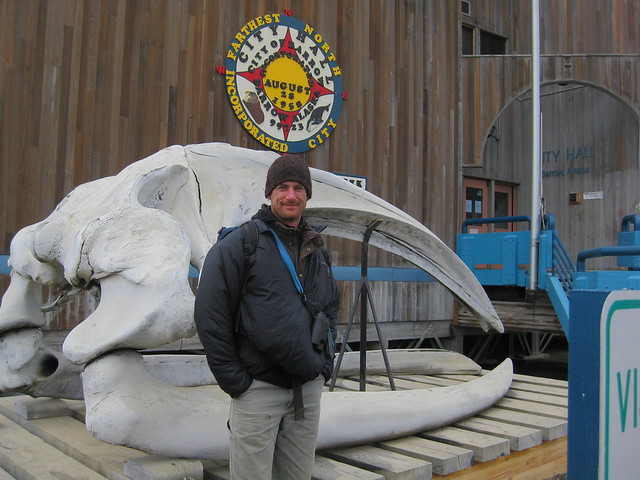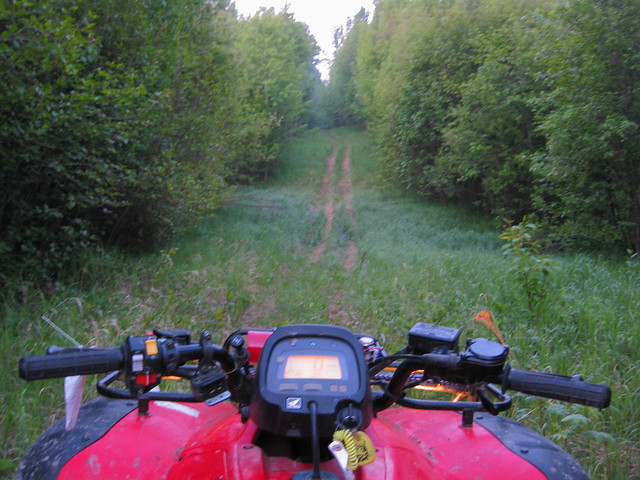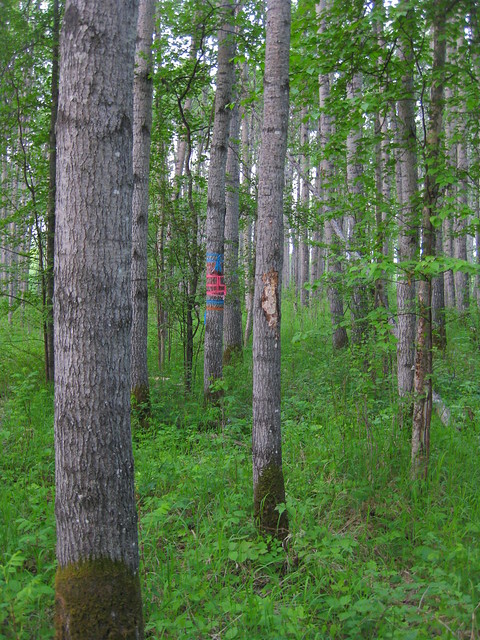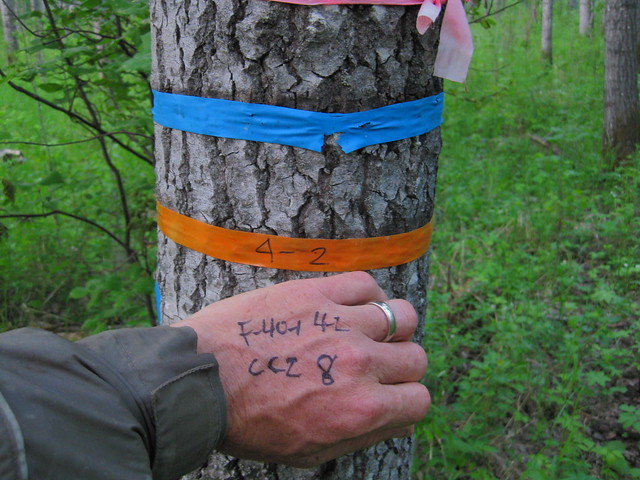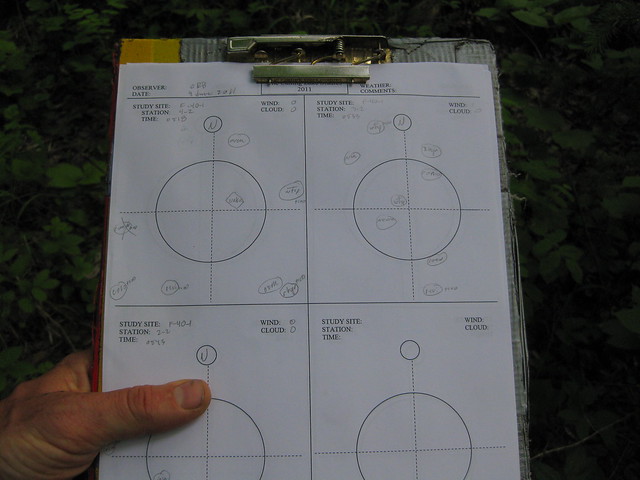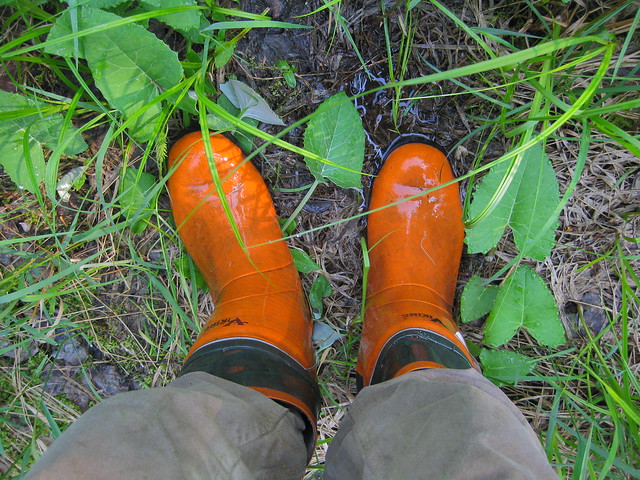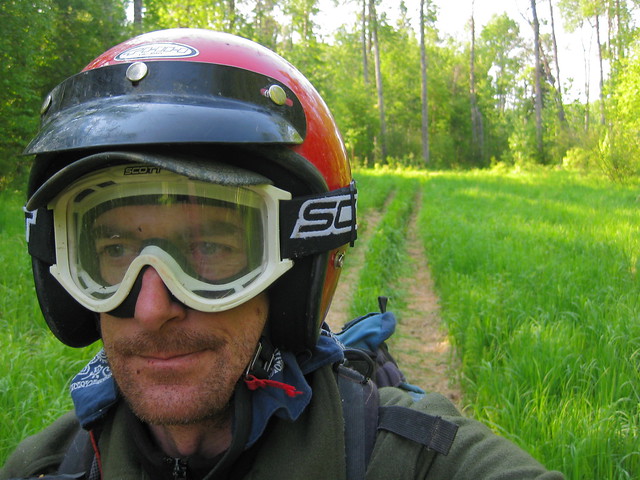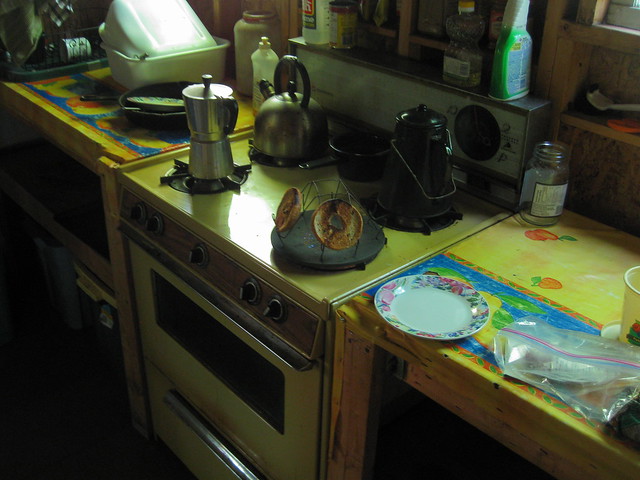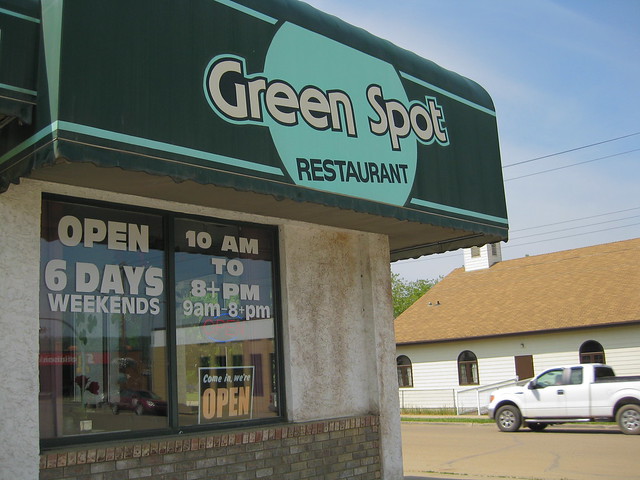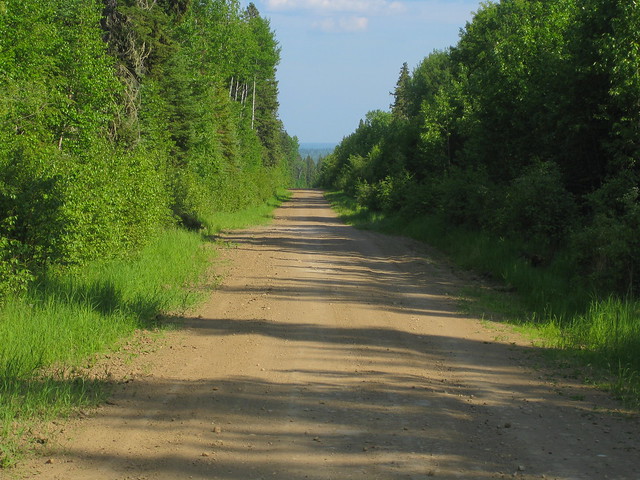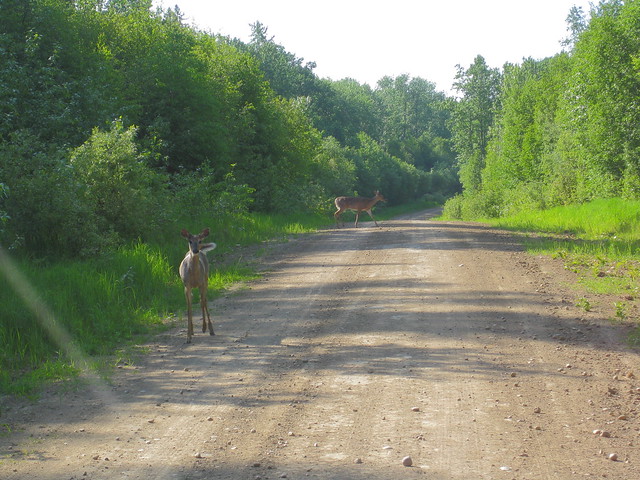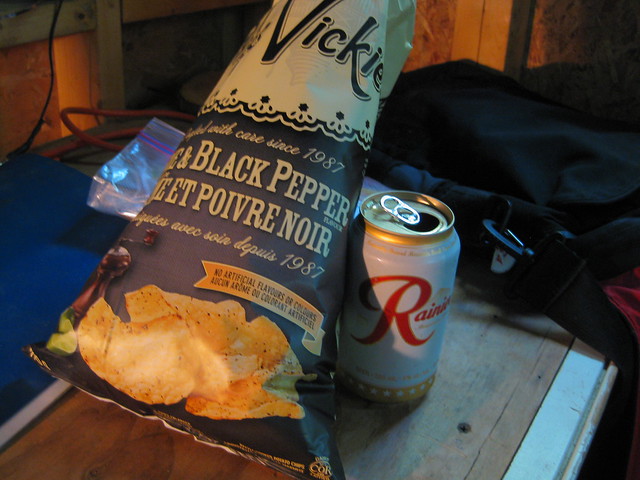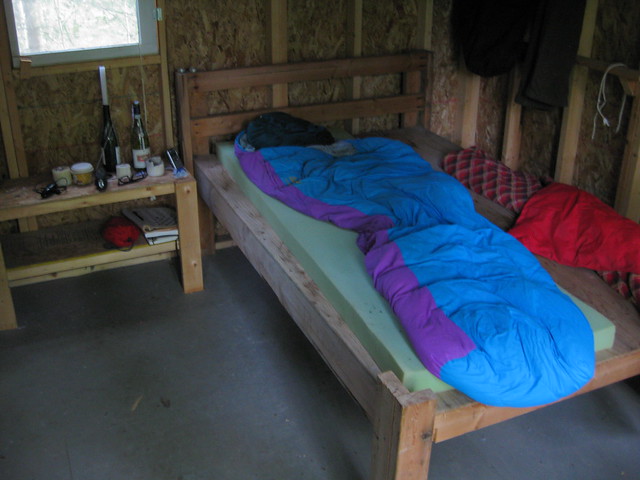When I began training for my first ultra I had a lot of questions – how far, how fast, how often, what to eat, what to wear…. I spent a lot of time on the internets researching what others were doing. Now I’m being asked those same questions. Mostly the questions are out of curiosity but they also come from runners interested in a new challenge. So, for what it’s worth, I thought I’d do a series of posts about what works for me.
“
How do you train to run 100 miles?” Not surprisingly, there are many approaches to training for an ultra. Some focus heavily on speed work or hill repeats whereas others cross-train or run on a treadmill to avoid injury. This variety seems to reflect differences in personal preference and mental/physical tolerance rather than recipes for success. However, most training tips and plans share a common message –it’s all about spending time on your feet. Whether fast or slow, up hills or across the prairies, to run far you need to spend a lot of time running.

My time-on-feet ultramarathon training plan is a modification of a
Runner’s World 16-week, 50-mile program. In general, I put less emphasis on speed work and I increase the length of the long runs. Here’s what a typical week looks like:
M: rest
Tu: 15 km hard
W: 10 km easy
Th: 15 km hard
Fr: rest
Sa: long
Su: long
Tuesday and Thursday are tempo runs with repeats from 20 to 60 minutes. If I’m training for a hilly race I’ll do hill repeats instead. I do speed work because I enjoy it, not because I think it’s important to finishing an ultra. If I’m tired it’s the first thing to go. I still cover the distance I just do it at an easy pace.
Wednesday is 1 to 2 minutes slower per km than Tu and Th. My primary goal is pacing, which I’m terrible at – every run would be a tempo run if I didn’t constantly slow myself down. I pick a slow pace and try to maintain it and I use a gps watch to ensure that happens.
The back-to-back weekend long runs range between 6 and 14 cumulative hours. The Saturday run is typically longer and slower than the Sunday run. The goal is to acclimate to the mental and physical challenges of running for a long time. If you can’t run the full distance then walk as fast as you can. Few people run an entire race anyway. What’s important is spending time on your feet.
This is an optimistic schedule that I regularly don’t complete. If I did I would spend all my free time running and I don’t like running that much. (I'll write about motivation in the future.) I don’t cross-train but I often replace one or both weekend runs with other things I enjoy like telemark skiing and cycling, particularly if I’m many weeks away from my next race. However, if you think I’m slacking you should come biking with me. Bring a big lunch; we’ll be out for a while.
